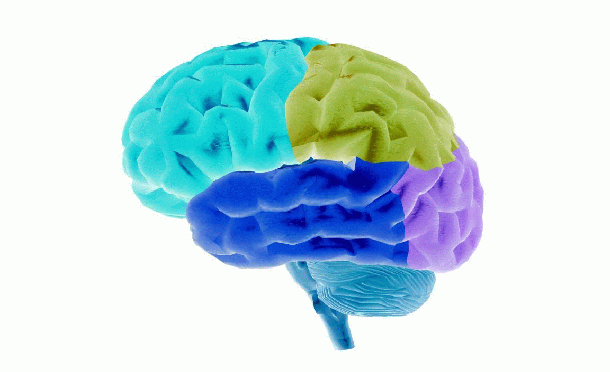| Introduction Data Tools Publications Further resources Contact us | |

|
Melbourne Brain Genome Project
|
|
|
|
All cortex comparisons - not normalised adult_vs_e15_notnorm.txt adult_vs_e17_notnorm.txt e15_vs_e17_notnorm.txt e15_vs_p1_notnorm.txt e17_vs_hippocampus_notnorm.txt e17_vs_hypothalamus_notnorm.txt e17_vs_p1_notnorm.txt left_vs_right_notnorm.txt All cortex comparisons - normalised adult_vs_e15_normed.txt adult_vs_e17_normed.txt e15a_vs_e15p_normed.txt e15_vs_e17_normed.txt e15_vs_p1_normed.txt e17_vs_hippocampus_normed.txt e17_vs_hypothalamus_normed.txt e17_vs_p1_normed.txt left_vs_right_normed.txt All cortex comparisons
All cortex tags which map uniquely to the mouse genome (Build 33, May 2004). [11/08/2004] ADNor vs ADmu [22/07/2004] : [Excel file] Cortex comparisons (updated 10/09/2004|21/09/2004) All of the cortex comparisons: e15 vs e17, e15 vs p1, e15 vs 14/18wks, e15 vs adult, e17 vs p1, e17 vs 14/18wks, e17 vs adult, p1 vs 14/18wks, p1 vs adult, 14/18wks vs adult, left vs right, e15ant vs e15post. This resulted in 135,914 tags (these tags are not unique, as one tag can appear in multiple comparisons). Sorted into three sections: Part 1: tags with gene_id annotation (e.g. gene/mRNA/EST). (Excel spreadsheet obtainable here). The ABI Assay Id indicates if it exists on a MBGP microfluidics card or not. Part 3: tags with no annotation. (Excel spreadsheet obtainable here). The first column is commented (move the mouse over to see the comment). Part 2: tags with only a genomic position (e.g. data suitable for in situ) (Excel spreadsheet obtainable here). This is data that:
|
|
|
Last modified on the 25th September 2004. For website queries, please email |
|